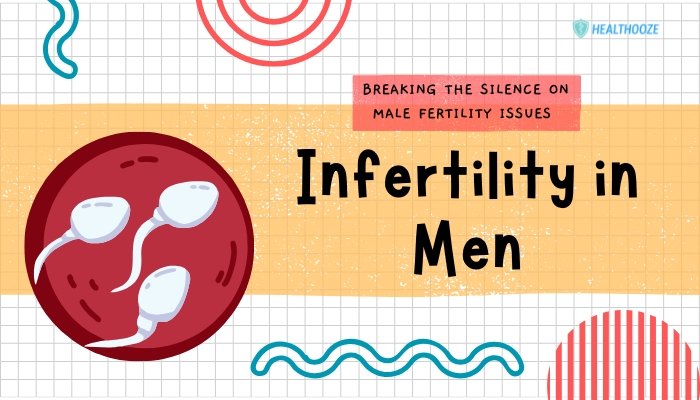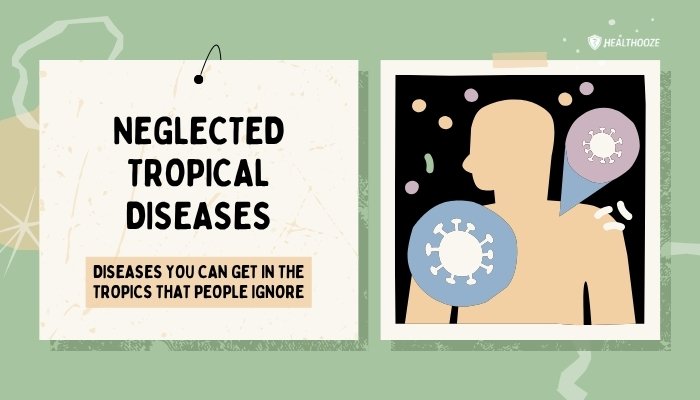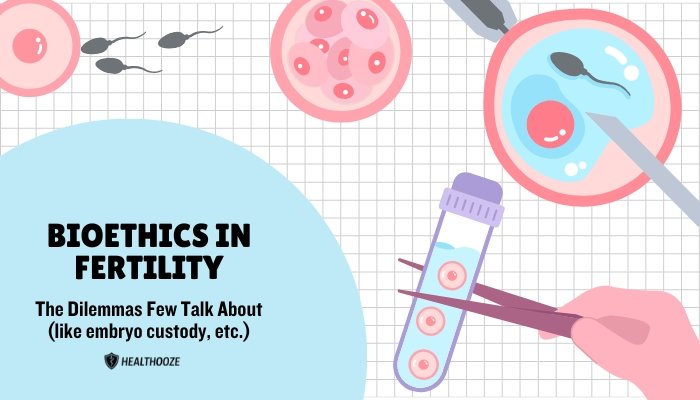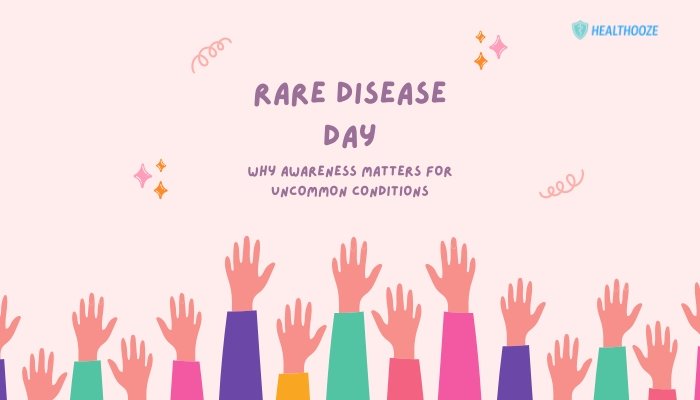Infertility is often portrayed as a women’s health issue, but men play a significant role in nearly half of all infertile couples. Despite this, conversations surrounding male fertility problems remain minimal, hampered by cultural taboos and a reluctance to discuss one’s perceived “virility.”
In reality, male infertility can stem from many factors, including sperm abnormalities, hormonal imbalances, or lifestyle influences—none of which define a man’s worth or identity.
This article aims to demystify male infertility, spotlighting its causes, diagnostic steps, and the treatment options that offer real hope.
By dismantling outdated stereotypes and encouraging openness, couples can confront fertility issues as a shared journey, leading to healthier relationships and greater emotional support.
Understanding Male Infertility
Definition and Prevalence
Male infertility occurs when a man has a reduced chance of impregnating his female partner. Often, this is indicated by abnormalities in sperm count, motility (movement), or morphology (shape). According to the World Health Organization (WHO), male factors contribute to 20–30% of infertility cases outright and collectively play a part in around 50% of all cases. Recognizing this prevalence is critical for comprehensive infertility care.
Basic Fertility Requirements
To conceive, a man must produce healthy sperm in sufficient quantity, deliver them through properly functioning reproductive structures, and ensure they reach and fertilize the egg. Key elements include:
- Sperm Production: Occurs in the testes, influenced by hormones (especially testosterone and follicle-stimulating hormone).
- Sperm Quality: Relies on normal morphology, adequate motility, and viability.
- Sperm Delivery: Unobstructed tubes (epididymis, vas deferens) allow sperm to mix with semen and be ejaculated effectively.
Any disruption in these steps can impair fertility, emphasizing that male infertility is a medical concern—not solely a reflection of masculinity.
Common Causes of Male Infertility
Sperm Production Issues
- Varicocele: Enlarged veins in the scrotum that compromise blood flow and raise testicular temperature, affecting sperm production.
- Genetic Disorders: Certain conditions (e.g., Klinefelter syndrome, Y chromosome microdeletions) can disrupt the testicular function needed for healthy sperm.
- Hormonal Imbalances: Pituitary or thyroid abnormalities may alter testosterone or other hormone levels crucial for spermatogenesis.
Sperm Delivery Problems
- Obstructions: Blockages in the epididymis or vas deferens due to congenital defects, infections, or prior surgeries.
- Retrograde Ejaculation: Semen enters the bladder instead of exiting through the urethra, often linked to diabetes, nerve damage, or certain medications.
- Erectile Dysfunction: Difficulties in achieving or maintaining an erection can hamper semen delivery.
Lifestyle and Environmental Factors
- Smoking and Alcohol Use: Both can lower sperm quality or count.
- Substance Abuse: Anabolic steroid misuse or recreational drugs negatively affect fertility.
- Obesity: Excess adipose tissue disrupts hormones and testicular heat regulation.
- Exposure to Toxins: Pesticides, heavy metals, or radiation in occupational settings can harm sperm production.
- Excessive Heat: Prolonged use of hot tubs, saunas, or laptops on the lap raises scrotal temperature, impairing sperm production.
Medical Conditions and Treatments
- Infections: Certain STIs (gonorrhea, chlamydia) or urinary tract infections might scar reproductive structures.
- Cancer and Treatment: Chemotherapy, radiation, or surgeries can severely affect fertility, sometimes permanently.
- Autoimmune Disorders: Rarely, the body produces antibodies against its own sperm, limiting fertility.
Signs and Diagnosis
Possible Symptoms
Unlike women, who have visible cycles and potential irregularities in menstruation, men with fertility problems might have subtle or no apparent symptoms. Potential clues include:
- Difficulty Ejaculating
- Decreased Sexual Desire
- Scrotal Lumps or Varicoceles (bulges in testicular veins)
- Hormonal Fluctuations: Reduced facial hair or decreased muscle mass from low testosterone.
Diagnostic Assessments
- Medical and Sexual History: Physicians evaluate prior infections, injuries, or patterns in sexual activity.
- Physical Examination: Checking for varicoceles, testicular shape, or hormonal signs of dysfunction.
- Semen Analysis: Measuring sperm count, motility, morphology, and volume. Usually repeated at least twice for accuracy.
- Blood Tests: Hormone panels, e.g., testosterone, FSH, LH, and thyroid levels.
- Imaging: Ultrasound or MRI to identify structural anomalies like blockages or varicoceles.
- Genetic Testing: If suspicion of a hereditary factor, such as Klinefelter’s syndrome or Y chromosome microdeletions.
The Psychological Toll and Stigma
Emotional and Social Challenges
Men often feel blindsided by a fertility diagnosis—especially if cultural expectations tie masculinity to fatherhood. Shame, guilt, or inadequacy can arise, straining relationships and mental well-being. Feelings of isolation commonly result if men perceive themselves as “failures” or are teased by peers.
Barriers to Discussion
- Cultural Norms: Men in many societies are taught to display sexual prowess, fueling an association between fertility and virility.
- Fear of Ridicule: The concern of being labeled “less of a man” can prevent men from sharing their fertility struggles.
- Limited Support Networks: Infertility support groups or clinics historically targeted women, leaving men with fewer dedicated resources.
Impact on Relationships
- Strained Communication: Partners may interpret reluctance to discuss fertility as disinterest or aloofness, compounding stress.
- Blame Games: Both partners might silently wonder whose “fault” it is, heightening tension.
- Sexual Performance Anxiety: Dreading scheduled intercourse or repeated attempts at conception can diminish sexual spontaneity, further eroding emotional intimacy.
Treatment and Management
Lifestyle Modifications
- Diet and Exercise: Achieving a healthy weight, exercising moderately, and avoiding crash diets or extreme muscle-building diets that impair hormone balance.
- Substance Cessation: Smoking cessation and reduced alcohol or drug use can significantly boost sperm parameters.
- Temperature Control: Avoiding frequent hot baths or wearing overly tight underwear to minimize scrotal overheating.
Medical Treatments
- Medications
- Hormone therapy (e.g., gonadotropins, clomiphene) to stimulate sperm production if hormone imbalances exist.
- Antibiotics or anti-inflammatories for infections or conditions harming sperm production.
- Surgery
- Varicocele repair or removal of obstructions in the ducts.
- Vasectomy reversals in men who previously underwent sterilization.
- Assisted Reproductive Technologies (ART)
- Intrauterine Insemination (IUI) or In Vitro Fertilization (IVF).
- Intracytoplasmic Sperm Injection (ICSI), injecting a single sperm into an egg, beneficial for very low sperm counts.
Psychological and Couples Counseling
- Therapy: Individual or couple-based counseling helps address emotional strain.
- Stress Management: Mindfulness, relaxation techniques, or breathing exercises can reduce anxiety’s negative impact on fertility.
- Support Groups: Meeting others facing similar issues fosters acceptance, reduces stigma, and encourages knowledge exchange.
Alternate Paths to Parenthood
- Donor Sperm: If male factor infertility is severe, using donor sperm can be an option.
- Adoption: Some couples choose adoption to build a family when other routes prove unfeasible or too stressful.
- Foster Care: Provides an avenue for parenting while contributing to community well-being.
Breaking the Silence: Practical Steps for Societal Change
Education and Awareness
- Outreach Campaigns: Men’s health months or fertility awareness events featuring real stories of male infertility.
- Updated Medical Curricula: Encouraging medical students to treat men’s reproductive health with the same thoroughness historically given to women’s fertility.
- Media Coverage: Balanced, sensitive reporting on male infertility, portraying men who overcame challenges, to motivate early testing.
Supportive Clinic Environments
- Inclusive Healthcare Messaging: Advertising materials or websites acknowledging male fertility checks, not exclusively female fertility.
- Men-Friendly Spaces: Some fertility clinics set aside rooms or sessions specifically for men, meeting them in comfortable surroundings without stigma.
- Counseling Integration: Routine mental health check-ups in fertility assessments, ensuring men feel emotional support is standard, not an add-on.
Advocacy and Policy
- Insurance and Funding: Expanding coverage for fertility treatments to incorporate male-specific interventions (varicocele surgeries, ART).
- Workplace Sensitivity: Encouraging guidelines or laws that allow men time off for medical appointments related to fertility, akin to maternity care provisions.
- Societal Narratives: Encouraging national or global dialogues that dispel taboos, underscoring that fertility is a shared responsibility.
Real-Life Stories of Hope
Men who confront fertility struggles often find new resilience and self-awareness:
- Overcoming Varicocele: A man noticing low sperm counts discovered a varicocele. Surgery and improved diet reversed his infertility, allowing him to father children.
- Adopting Empowerment: Another found repeated treatments unsuccessful and turned to adoption, embracing fatherhood in an unexpected, fulfilling manner.
- Peer Mentorship: Group sessions helped a man realize he wasn’t alone. Exchanging coping strategies and frustrations with peers lowered guilt and restored a sense of normalcy.
These narratives affirm that, with the right information, community support, and personal determination, men can successfully navigate fertility hurdles and reach fatherhood goals—or define fulfilling family structures that suit their aspirations.
Conclusion
Male infertility is not a fringe issue but a significant component of global fertility challenges. Persisting taboos and misconceptions often push men into silence or denial, delaying diagnosis and exacerbating stress. By broadening discussions on fertility from “her problem” to “our problem,” society can encourage men to seek early evaluations, adopt healthier lifestyles, and, if needed, pursue medical interventions with the same legitimacy afforded to female fertility treatments.
Recognizing that fatherhood can take various paths—biological, assisted reproduction, adoption—provides men a sense of hope and empowerment. Ultimately, education, empathy, and supportive policies can break down the social barriers around male infertility, enabling couples to face these challenges together and ushering in a culture where men’s reproductive health is openly acknowledged, cared for, and celebrated.
References
-
- World Health Organization (WHO). Infertility Factsheet. 2021.
-
- Agarwal A, Mulgund A, Hamada A, et al. A unique view on male infertility around the globe. Reprod Biol Endocrinol. 2015;13:37.
-
- Thonneau P, Marchand S, Tallec A, et al. Incidence and main causes of infertility in a resident population (1.8 million) of three French regions. Hum Reprod. 1991;6(6):811–816.
-
- Eisenberg ML, Li S, Behr B, et al. Semen quality, infertility, and mortality in the USA. Hum Reprod. 2014;29(7):1567–1574.
-
- Winters BR, Walsh TJ. The epidemiology of male infertility. Urol Clin North Am. 2014;41(1):195–204.
-
- Zegers-Hochschild F, Adamson GD, Dyer S, et al. The International Glossary on Infertility and Fertility Care. Hum Reprod. 2017;32(9):1786–1801.
-
- Dyer SJ, Patel M. The economic impact of infertility on women in developing countries – a systematic review. Fertil Steril. 2012;98(5):1106–1112.
-
- Pacey AA. Male infertility and risk of cancer. Eur Urol. 2015;68(1):20–21.
-
- Murphy EM, Trawick E, Firestone A, et al. Varicocele and male fertility. Andrology. 2020;8(5):1082–1089.
-
- Jenkins TG, Aston KI, Hotaling JM, Shamsi MB, Carrell DT. Paternal germ line epigenetics and its potential impact on progeny. Andrology. 2017;5(3):512–521.
-
- Cherry KE, Dillon C, Merrill LC, et al. Flexible coping and self-reported mental health among adult male survivors of Hurricane Katrina. J Loss Trauma. 2020;25(1):21–34.
-
- Datta J, Palmer MJ, Tanton C, et al. Prevalence of infertility and help seeking among 15,000 women and men. Hum Reprod. 2016;31(9):2108–2118.







